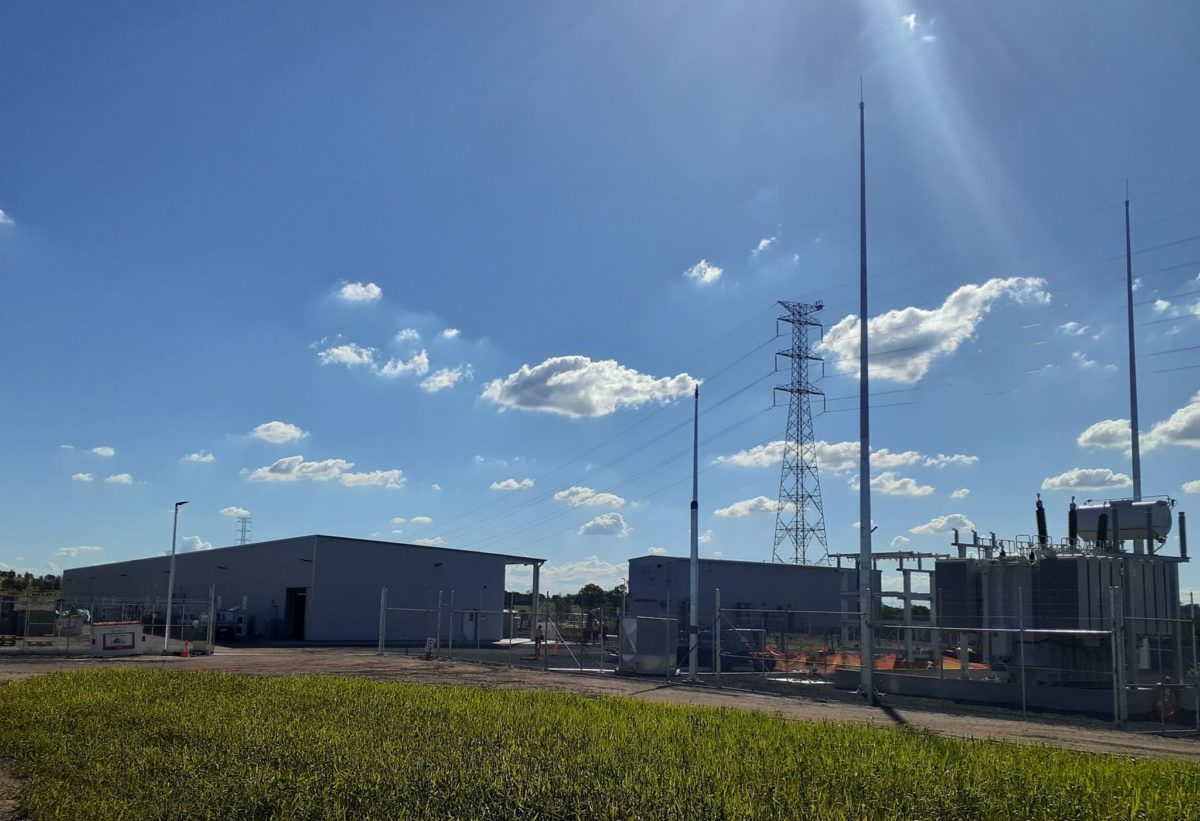The state-owned Powerlink announced the approach after a study addressing system strength issues associated with the connection of large-scale renewable generators to the National Electricity Market (NEM) highlighted tailored solutions would be key to maintaining grid stability.
Powerlink chief executive Paul Simshauser said the study, partly funded by the Australian Renewable Energy Agency (ARENA), delved into the complexity of managing system strength issues arising from renewable energy projects connecting to the grid and analysed options to address the resulting challenges.
“System strength is a complex issue, with the study highlighting there is no one best form of system strength remediation that can be applied to all renewable projects,” Simshauser said in a statement.
“The reports demonstrate the merits of each different approach, but really confirmed that solutions have to be tailored for renewable proponents by thoroughly reviewing the particular circumstances of the network connection.
“It’s been an incredibly valuable process for Powerlink, and one that has really shaped Powerlink’s, and our renewable customers’ understanding of system strength, and how to best manage the challenges.
“The study will also assist in supporting the energy industry more broadly as more renewable projects come online.”
System strength has emerged as a prominent challenge impacting renewable generation projects and the NEM.
The Australian Energy Market Operator (AEMO) has previously declared a system strength gap in parts of the North Queensland grid after the issue prevented several renewable energy generators to export their full capacity.
AEMO has also declared system strength shortfalls in South Australia, Tasmania, Victoria and New South Wales, where five solar farms have had their output curtailed by 50% for more than seven months.
The Powerlink Cost-Effective System Strength Study, supported by solar farm operator Sun Metals, renewables developer Pacific Hydro and engineering and construction firm GHD, examined three reports in a bid to identify solutions to the system strength issue.
The study explored several existing options including the installation of synchronous condensers, changing inverter settings, and strengthening transmission infrastructure.
Simshauser said the study highlighted that a centralised synchronous condenser solution could provide significant network and financial benefit when compared to renewable proponents having to provide their own.
The study also confirmed the key role battery storage could play.
“The final report demonstrated the role grid-forming batteries can play in enabling renewables and supporting the safe and stable operation of the power system,” Simshauser said.
“We’ve found grid-forming batteries can supply system strength, as well as other key services which support the network and assist renewable connections to effectively operate.
“Powerlink will now apply these learnings to reduce the time, cost and risk of renewable connections to the grid, benefiting both Powerlink and customers in the long-term.”
Queensland is yet to welcome a big batteries to its grid but the first, the 100 MW/150 MWh Wandoan South BESS project being developed by Singapore-based Vena Energy, is nearing completion with connection to the transmission network now in the final stages.
It is among a raft of battery storage projects being progressed across the state.
The state-owned energy company Stanwell is developing a 150 MW/300 MWh battery adjacent to the 1.4 GW Tarong Power Station site near Nanango in the South Burnett while the state government has announced plans to install five large-scale, network-connected batteries, with a combined capacity of 40 MWh in regions across the state as part of a community battery trial.
Simshauser said the roll out would assist Powerlink to further explore the merits of battery storage.
“With the recent influx of battery interest by generators and developers in Queensland, we now have a number of opportunities to pilot grid forming batteries and validate our report findings through field studies,” he said.
“Our key goal is delivering a safe, reliable and secure transmission network for Queensland and facilitating the transition to a low carbon future. This study has been another step in the right direction to achieve this.”
This content is protected by copyright and may not be reused. If you want to cooperate with us and would like to reuse some of our content, please contact: editors@pv-magazine.com.









By submitting this form you agree to pv magazine using your data for the purposes of publishing your comment.
Your personal data will only be disclosed or otherwise transmitted to third parties for the purposes of spam filtering or if this is necessary for technical maintenance of the website. Any other transfer to third parties will not take place unless this is justified on the basis of applicable data protection regulations or if pv magazine is legally obliged to do so.
You may revoke this consent at any time with effect for the future, in which case your personal data will be deleted immediately. Otherwise, your data will be deleted if pv magazine has processed your request or the purpose of data storage is fulfilled.
Further information on data privacy can be found in our Data Protection Policy.